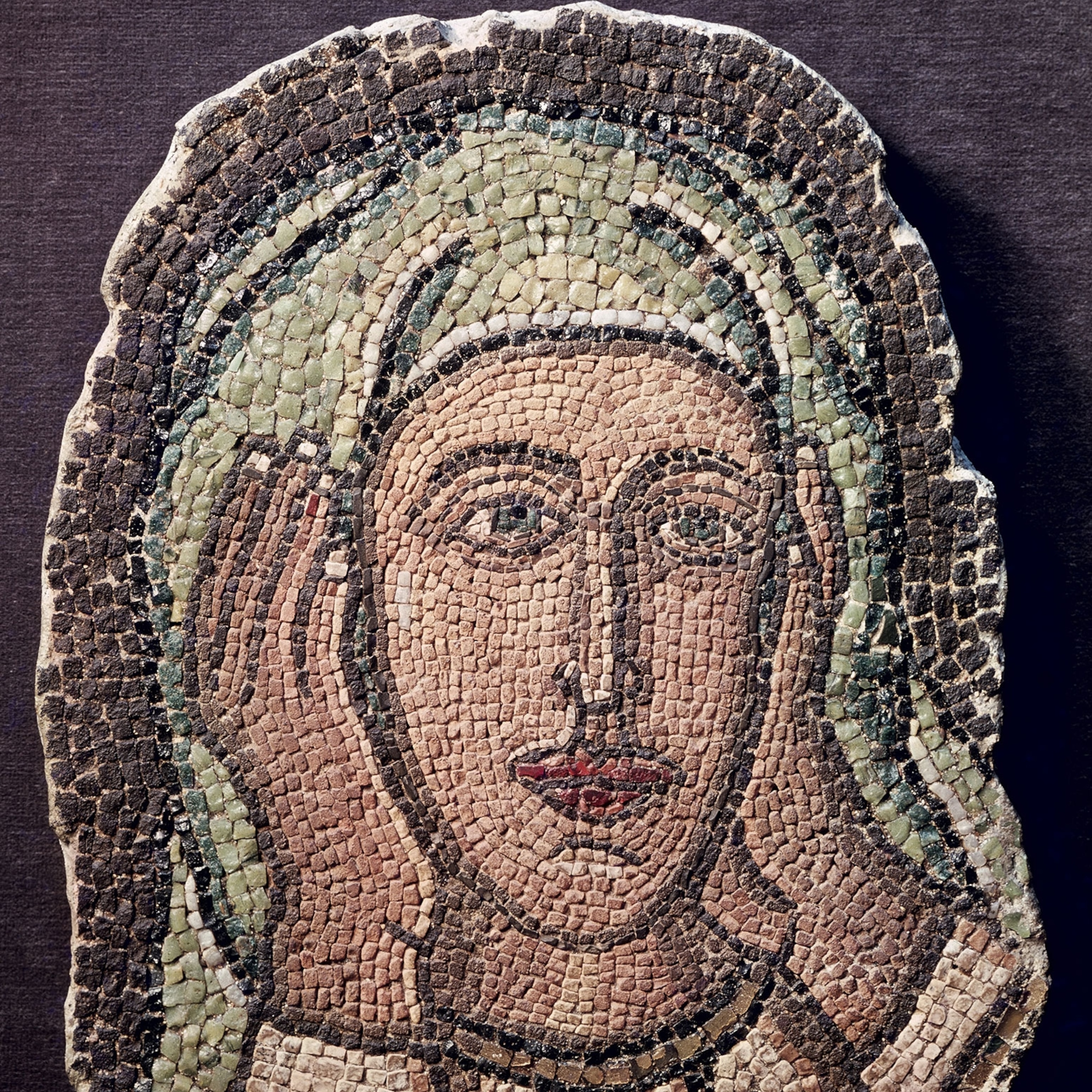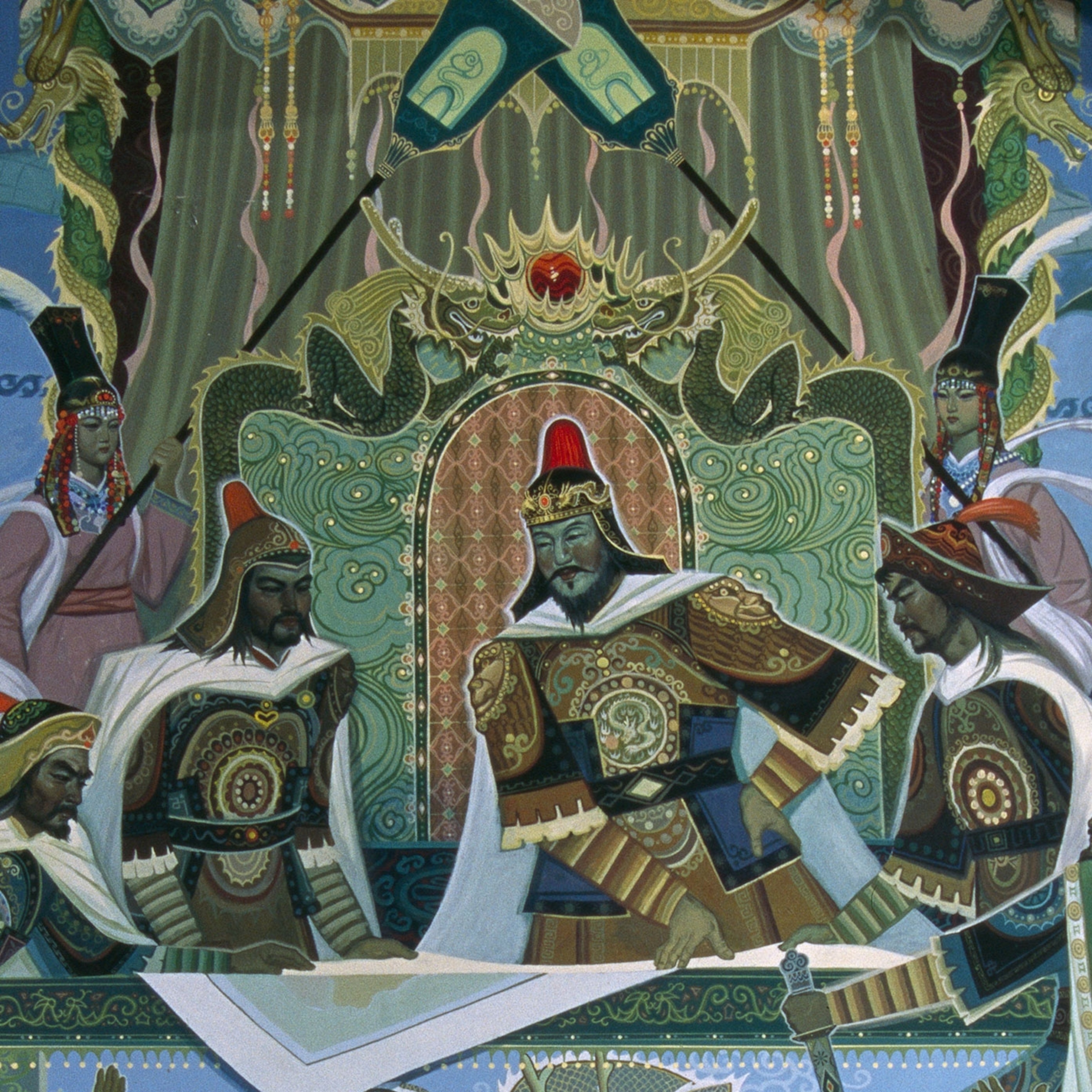
This abandoned site was once the 'City of 1,001 Churches'
The capital of medieval Armenia, the city of Ani was a thriving center of trade and faith, survived by its haunting ruins.
East of the Turkish city of Kars lies a complex of lonely medieval churches. Octagonal towers, crumbling walls, and fallen columns lay scattered across vast grasslands. In the gorge that drops away to the Akhuryan River—which forms Turkey’s border with the modern state of Armenia—is an ancient bridge, broken in the middle.
These ruins are all that remain of Ani, the cosmopolitan capital of medieval Armenia, one of the earliest kingdoms to adopt Christianity as its state religion in the early A.D. 300s. The site of a fifth-century fortification, Ani was chosen to be Armenia’s capital in the 10th century. It became home to as many as 100,000 people, and was so richly endowed with sacred buildings that it came to be known as the “city of 1,001 churches.”
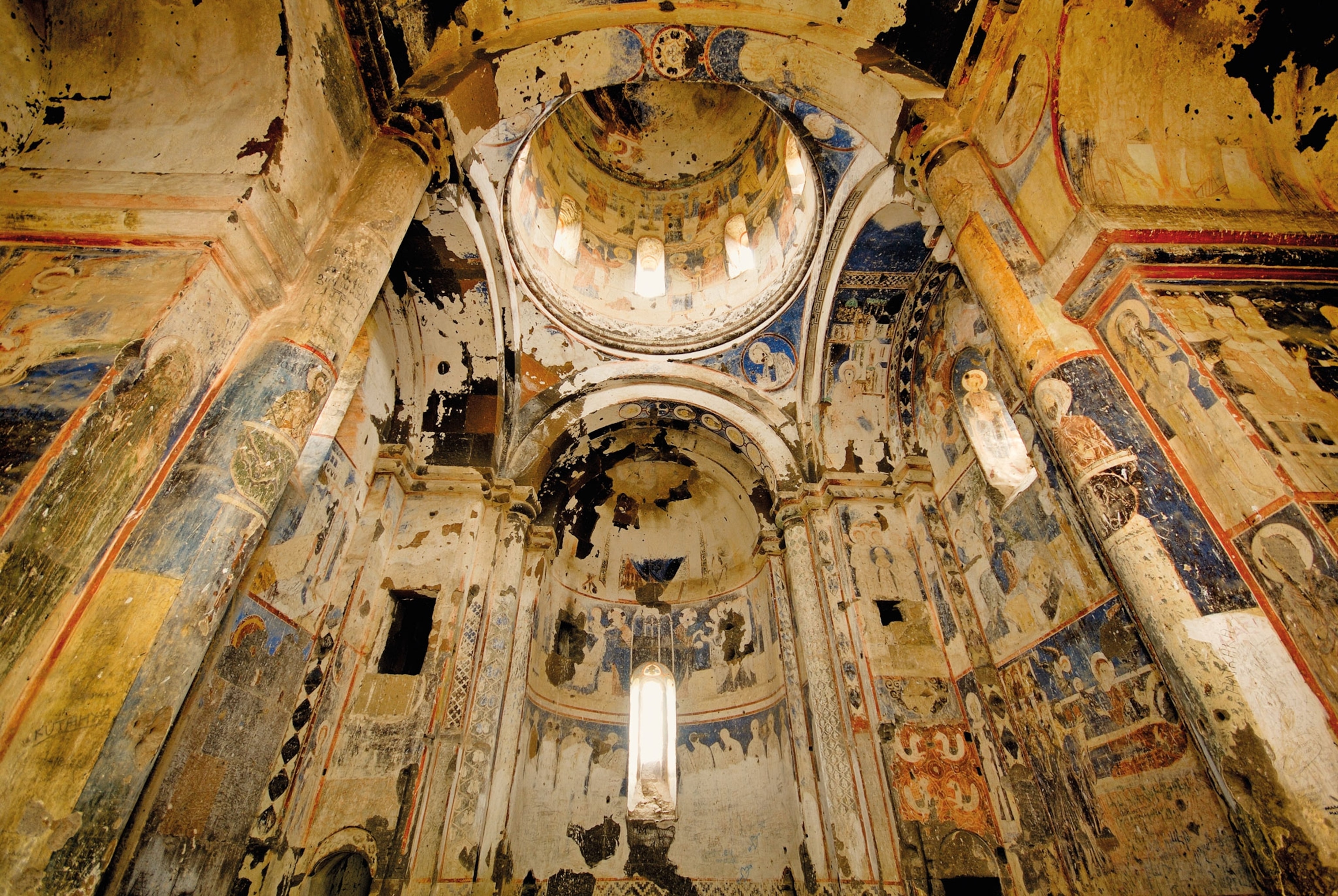
Its strategic position along trade routes between the Black Sea and the Caspian Sea made it an attractive possession, condemning it to centuries of invasion—and eventually, a long period of abandonment.
Clash of empires
Following its absorption into the Ottoman Empire in the 16th century, Ani remained a distant memory until the early 1800s, when European travelers began to visit the site of the medieval city. The ruins of Ani were located on a geopolitical fault line at the edges of the Ottoman, Persian, and Russian Empires. Visiting the remains of the city was risky as political tensions were running high.
Nevertheless, some visitors carried out hasty surveys and aroused interest among scholars. In 1817 Scottish diplomat and traveler Robert Ker Porter passed through and recorded his impressions. While remaining vigilant in a place whose “gloomy ruins” were perfect hiding places for “sanguinary freebooters,” Ker Porter’s account transmitted his excitement: “On entering the city, I found the whole surface of the ground covered with broken capitals, highly ornamented friezes; and other remains of ancient magnificence.”
Some of the churches, he wrote, were more intact than others, but even they “are as solitary as all the others structures, on which time and devastation have left more heavy strokes.” (Historians are using lasers to unlock mysteries of Gothic cathedrals.)
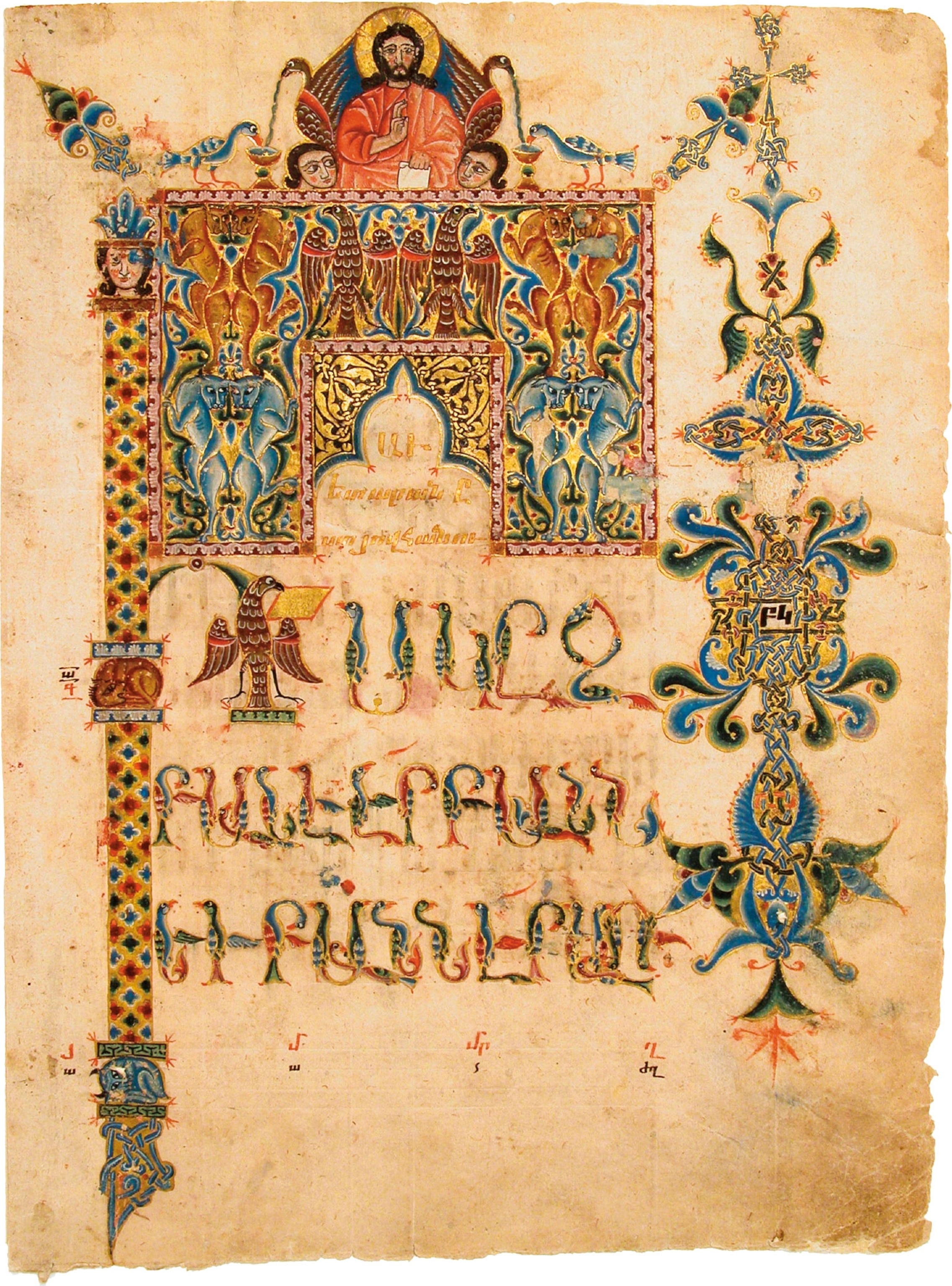
In 1839 British Army captain Richard Wilbraham marveled at the solidity of Ani’s defenses and the presence of Christian iconography. “The sacred symbol of Christianity is introduced in various places,” he observed. “Huge blocks of blood-red stone, let into the masonry of the tower, form gigantic crosses, which have defied the hand of the destroying Moslem [sic].” Despite these glimmers of scholarly interest, time and weather continued to take their toll on Ani. Several more decades would pass before archaeologists arrived to carry out a formal survey.
New capital, old nation
The medieval kingdom of Armenia once extended far beyond the modern boundaries of today’s nation. In ancient times these lands came under the control of the Persians, then the Seleucids, the Parthians, and the Romans. But as these different empires rose and fell, Armenian identity prevailed. (This photographer is creating a new Armenian narrative.)

Christianity became a central part of Armenian history when it was still a young faith. The religion took hold and Christian Armenia existed alongside the Byzantines, the Sassanians, and then the Arab-Muslims.
In the 10th century the Bagratid dynasty rose to power in northern Armenia. King Ashot III (952-977) chose Ani as his royal capital. Between 977 and 989 his successor, Smabat II, constructed its double, northern walls, crowned with round towers. Trade routes making up the Silk Road shifted to pass through the city. Flush with wealth, the rulers started to build more churches. (See the enduring spirit of the Silk Road today.)
Royal Metropolis
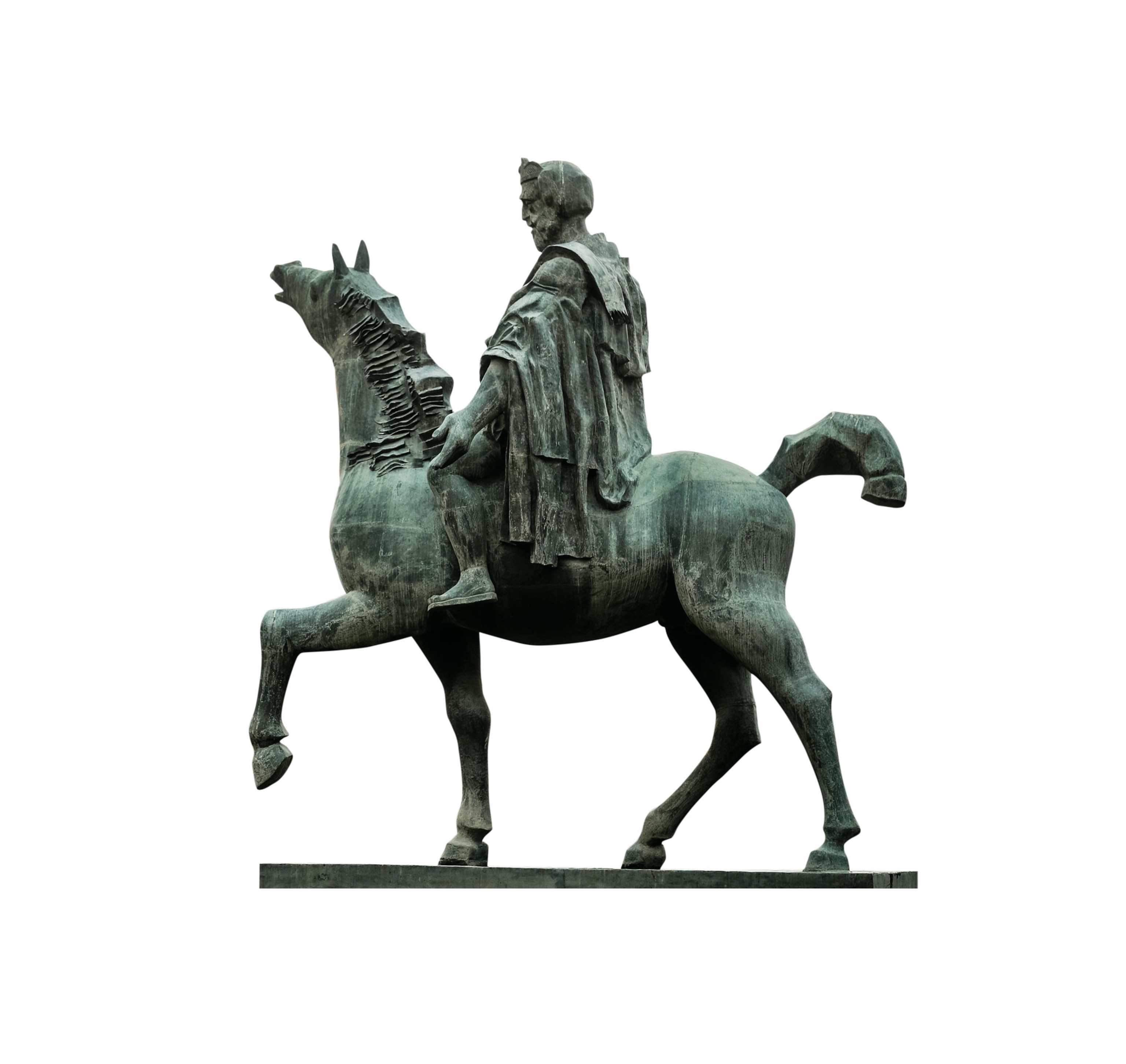
In the 10th century the Bagratid dynasty laid the foundations of an extensive kingdom in eastern Anatolia. In 961 King Ashot III made Ani his capital. He improved the fifth-century fortifications on the site, creating a city to showcase the architectural glories of Christian Armenia.
Chapels and churches
One of the first, the Church of St. Gregory of the Abughamrents, was built as a private chapel for the powerful Pahlavuni family. Like many of Ani’s churches, its location was purposefully chosen so it could be seen far away from the city.
As Ani thrived under the early 11th-century king Gagik I, more churches were built from the local basalt stone, which varies in color from red to yellow to black. Ani’s imposing cathedral, built by the great Armenian architect Trdat, and three other churches, rose high above the city walls of Ani in the first half of the 11th century. The dome of one of these, the Church of the Holy Redeemer, was supported on an entirely circular drum and housed a fragment of the True Cross.
In 1064 the Seljuks attacked. From then on, Ani was increasingly controlled by outsiders, including the Muslim Shaddadid dynasty, under whose rule Ani’s late 11th-century mosque of Manuchihr was built. Christian rule resumed under the Georgian kingdom, during which more churches rose, including that of St. Gregory of Tigran Honents in 1215.
Later in the 13th century, Ani was sacked by the Mongols, and decline set in. Trade routes shifted away, and commodities and commerce went with them. In 1319 an earthquake badly damaged the city. After a period under Safavid Persian rule, the city was officially absorbed into the Ottoman Empire in the 16th century. Ani was later abandoned and became a ghost town.
Hope and despair

In 1878 the Russian Empire took over the region around Ani. The discoveries of explorers like Ker Porter and Wilbraham formed the basis for Russian interest in this site that had been so important for eastern Christianity. In the 1890s Russia backed a team led by Nikolay Yakovlevich Marr, a Georgian-born scholar, to excavate the ancient city.
The study, begun by Marr, continued until 1917, and succeeded in uncovering at least some of the city’s majestic past, revealing that a complex of bridges and roads once spanned the plunging ravines over the river.
Armenia, however, continued to be torn apart by war as Russia (later, the Soviet Union) and Turkey fought over the lands surrounding the ruins of Ani. Begun in 1915, the massacre of the Armenian people by the Ottoman Empire—who believed the local population had sided with Russia—wiped out as many as 1.5 million lives. Many historians consider it the world’s first genocide. (A century later, the 'great catastrophe' still haunts Armenia.)
For the second half of the 20th century, Ani found itself straddling yet another geopolitical fault line: this time, on the frontier between NATO member Turkey and Soviet-controlled Armenia. The location of the site in Turkey is controversial to many Armenians. In 2016 the complex of buildings was placed on UNESCO’s list of World Heritage sites.
The serene ruins of the city, once swarmed by armies through the ages, has always been a special place for Armenians. In the wake of the Armenian Genocide, it stands as an even more powerful reminder of Armenia’s losses and of its astonishing endurance.


